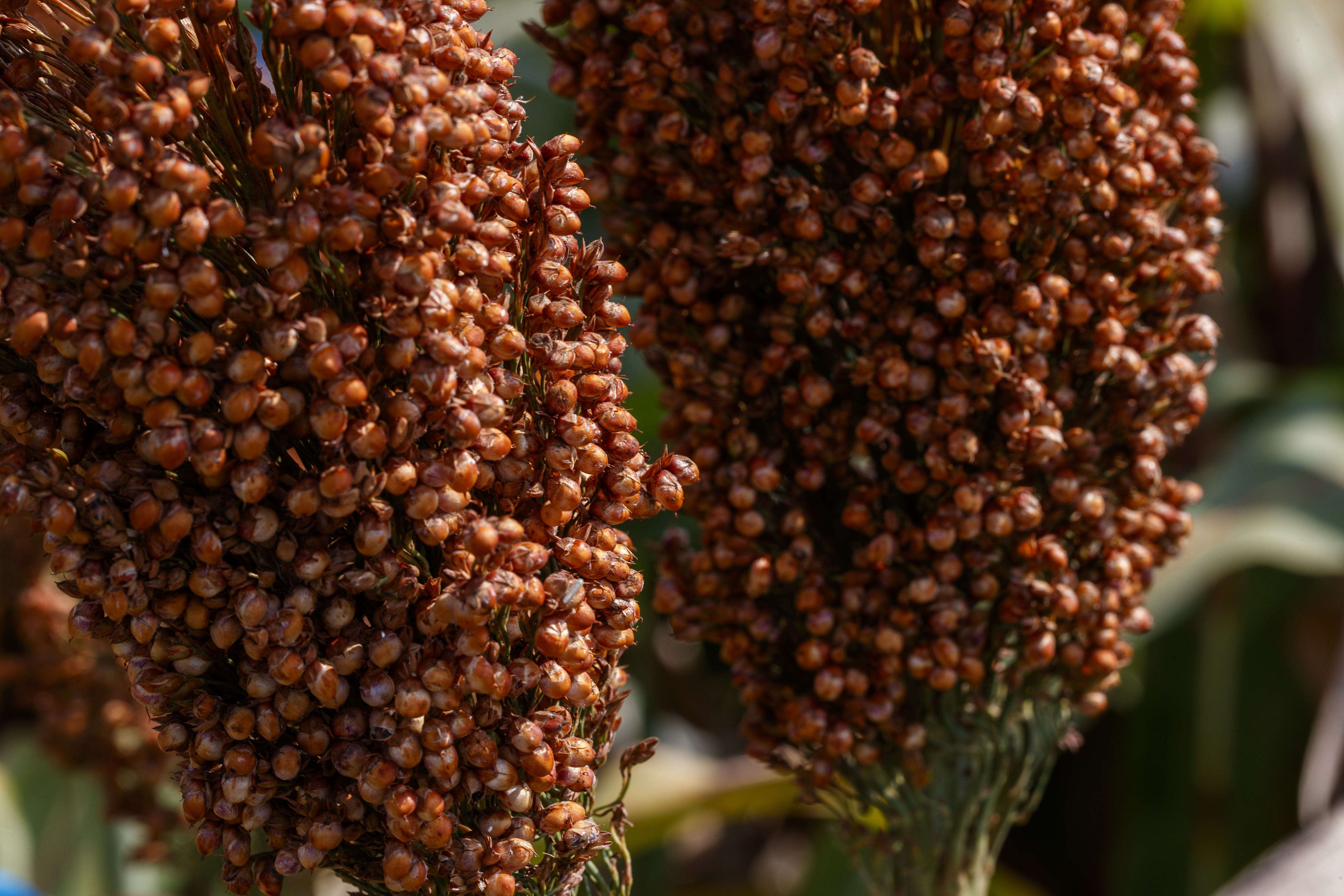The sorghum crop is believed to have first been cultivated in Africa and introduced into the Americas by slave traders. Now, it is a staple food source in many countries, particularly in arid regions of the world taking advantage of its hardiness. Sorghum is currently grown for use primarily as a food and feed source. Consumers with gluten intolerance (celiac disease) take advantage of sorghum's gluten-free grain whose flour can be used for baking some food products. The crop itself is also more heat and drought resistant than other crops, such as corn, which is particularly appealing considering the increasing water use restrictions imposed on row crop producers in irrigated acreage in Nebraska. Increased interest in the production of bio-fuels stemmed research on alternatives to corn grain where it was determined that the number of gallons of ethanol produced per acre of sorghum can reach more than double that of corn.
Contact:
Tamra Jackson-Ziems
Extension Plant Pathologist
Focus: Corn, Sorghum and Soybean
(402) 472-2559
tjackson3@unl.edu
Faculty Bio


